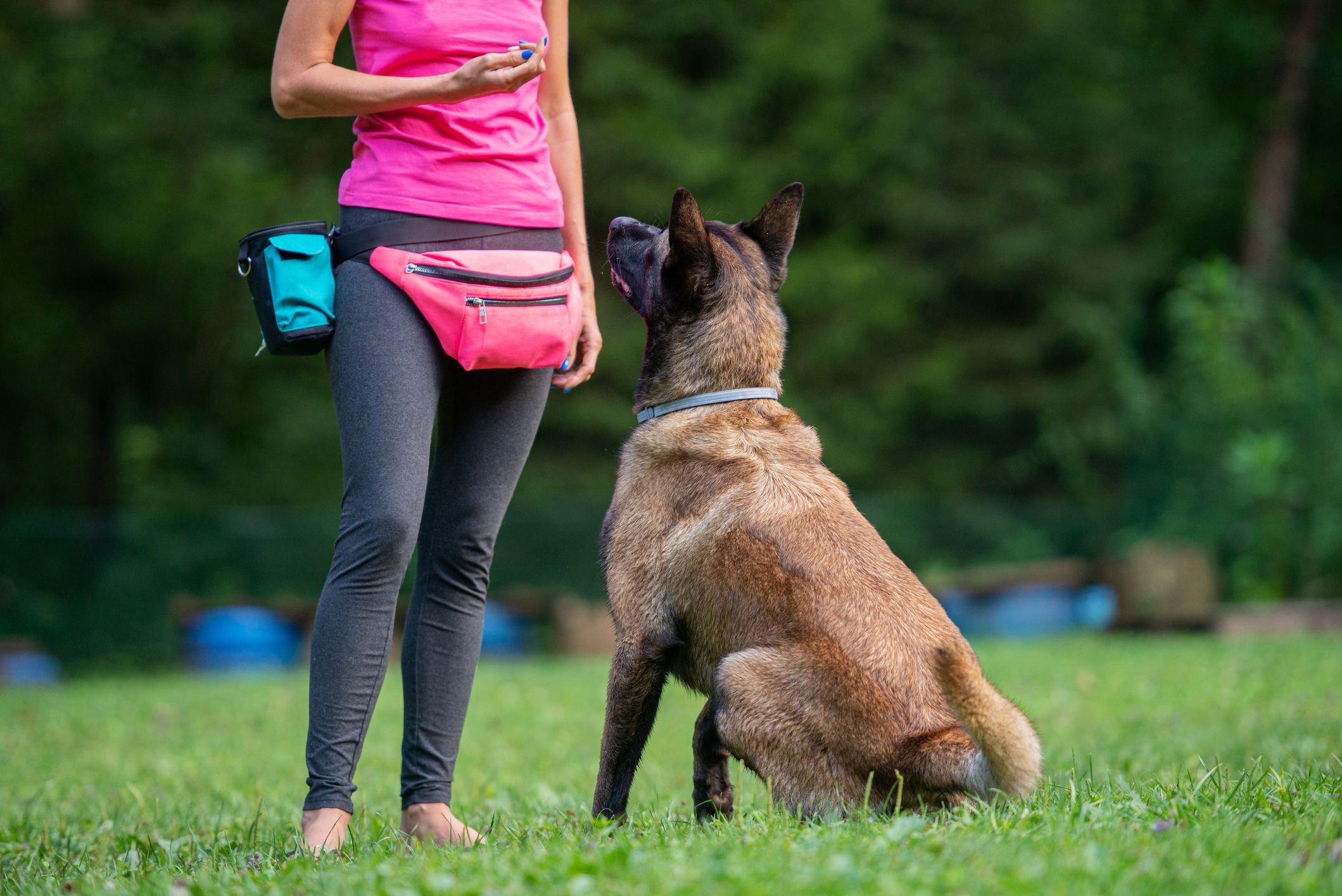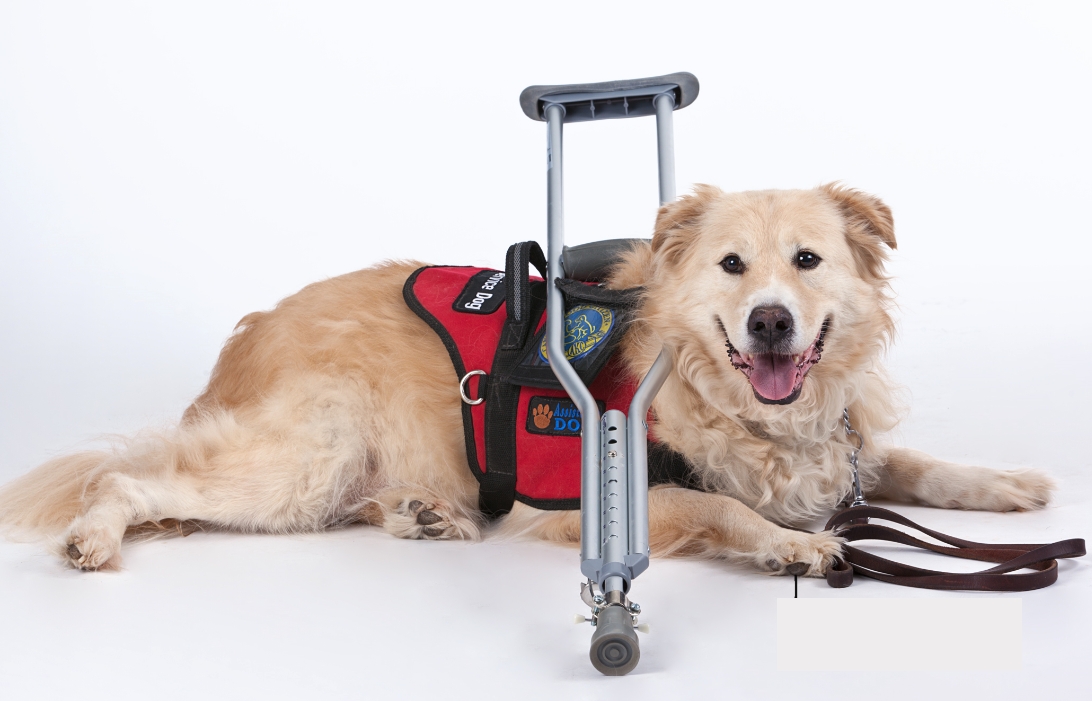Transform Your Pet's Behavior With Proven Training Approaches
Changing your pet's habits calls for a nuanced understanding of their specific characteristics and requirements, along with the application of tested training techniques. By utilizing positive support and recognizing vital add their body movement, you can efficiently address typical behavior concerns such as excessive barking or leaping. Consistency in your training strategy not only enhances obedience but likewise cultivates a much deeper bond of count on and respect between you and your family pet. The path to successful improvement might provide unpredicted difficulties that warrant more exploration.

Recognizing Pet Habits
Recognizing pet habits is vital for effective training and communication in between human beings and their canine companions. Pet dogs, as social pets, exhibit a variety of actions affected by genetics, environment, and experiences. Acknowledging these actions aids owners tailor their training approaches to satisfy the certain demands of their dogs.
Trick aspects of dog habits include body language, vocalizations, and social interactions. In addition, socializing plays a crucial role in shaping actions; pets that interact positively with various individuals and other animals are usually a lot more well-adjusted and adaptable.
In addition, acknowledging anxiety signals-- such as pacing, avoidance, or panting behaviors-- can protect against acceleration into extra severe issues. Proprietors who are in harmony with their pet dog's behavior can develop a caring and safe setting, promoting count on and enhancing the training procedure. Ultimately, a deep understanding of canine actions lays the structure for a harmonious connection and effective training end results, making sure both canines and their proprietors thrive with each other.
Positive Support Techniques
Positive reinforcement methods are widely acknowledged as one of one of the most effective approaches for training dogs, promoting a favorable knowing setting. This method entails gratifying preferred actions with treats, appreciation, or play, thereby motivating the pet to repeat those habits (Dog training). Unlike revengeful approaches, positive reinforcement develops trust fund and strengthens the bond in between the fitness instructor and the dog
To carry out favorable reinforcement properly, timing is essential. Rewards ought to be offered right away adhering to the wanted actions to help the canine make the connection. Uniformity is additionally crucial; using the exact same commands and benefits assists the pet dog recognize what is anticipated. In addition, differing the incentives can maintain the pet involved. As an example, rotating in between deals with, playthings, and spoken appreciation can preserve rate of interest and inspiration.
It is essential to keep in mind that positive support is not concerning bribery; instead, it is concerning reinforcing etiquette. Over time, as the pet discovers to associate specific activities with positive outcomes, the regularity of rewards can be gradually lowered, transitioning to verbal praise or recurring benefits. This method not just encourages obedience yet likewise promotes a confident and satisfied pet dog, making training a much more enjoyable experience for both events involved.
Dealing With Usual Problems
Addressing typical issues throughout dog training is essential for ensuring a unified and successful partnership between the pet and its owner. Many pet owners experience behavior difficulties, such as excessive barking, jumping, and chain pulling. Recognizing the origin of these behaviors is crucial for efficient training.
To alleviate this, give ample physical exercise, psychological excitement, and possibilities for social interaction with both people and other pet dogs. Educating the dog to sit upon greeting can redirect this actions favorably.
Leash pulling is another prevalent issue, frequently arising from a pet's enthusiasm to check out. Using correct leash dealing with methods, integrated with training protocols that encourage loose-leash strolling, can dramatically boost this habits.
Additionally, problems like resource guarding or separation anxiety call for customized methods. Progressive desensitization and counter-conditioning can be effective in dealing with these difficulties. By acknowledging and proactively managing these usual problems, canine owners can cultivate a much more pleasurable training experience and strengthen the bond with their canine friends.
Uniformity in Training
Consistency is a keystone of effective pet dog training, as it develops a clear framework for the canine to comprehend expectations and actions. When incentives, commands, and hints are used consistently, dogs can quicker grasp what is needed of them. Inconsistent training can cause confusion, causing unfavorable behaviors that irritate both the dog and the instructor.
To achieve uniformity, it is important that all participants of the household stick to the exact same training methods. Using the exact same verbal hints and hand signals ensures that the dog obtains uniform messages. In addition, the timing of adjustments and benefits need to be consistent; instant look what i found reinforcement boosts the likelihood that the canine will connect the actions with the end result.
Moreover, establishing a routine can even more improve uniformity. Normal session, combined with organized schedules for feeding, strolling, and playtime, assistance canines anticipate and understand their atmosphere, making them more responsive to training. Eventually, consistency cultivates a complacency and trust fund, encouraging pets to read more properly. By devoting to a structured method, trainers can promote favorable habits changes and cultivate a courteous friend.
Building a Solid Bond
Just how can cultivating a solid bond between a dog and its proprietor boost the training experience? A strong partnership developed on trust and regard acts as the structure for reliable training. When a pet dog feels protected in its connection with its proprietor, it is most likely to show favorable behaviors and be receptive to discovering. This bond urges Going Here the dog to engage totally in training sessions, as it views the owner as a source of guidance and assistance.

Furthermore, a well-established connection can decrease stress and anxiety and behavioral problems, as canines are less most likely to act out when they feel recognized and taken care of. For that reason, focusing on the development of a strong bond not only enhances the training experience yet additionally adds to a happier and more well-adjusted pet. Inevitably, the journey of training transforms right into a collective partnership, leading to lasting behavior enhancements.
Conclusion

Proprietors that are attuned to their dog's behavior can produce a nurturing and safe atmosphere, cultivating trust and improving the training procedure. Inevitably, a deep understanding of canine actions lays the structure for an unified relationship and efficient training end results, ensuring both canines and their proprietors thrive together.
Attending to typical problems throughout canine training is necessary for ensuring a successful and unified connection in between the dog and its proprietor (Dog training).Consistency is a cornerstone of efficient dog training, as it establishes a clear framework for the pet dog to comprehend expectations and habits.In conclusion, changing a pet's actions through proven training techniques needs an understanding of canine behavior, the application of positive reinforcement methods, and a focus on consistency